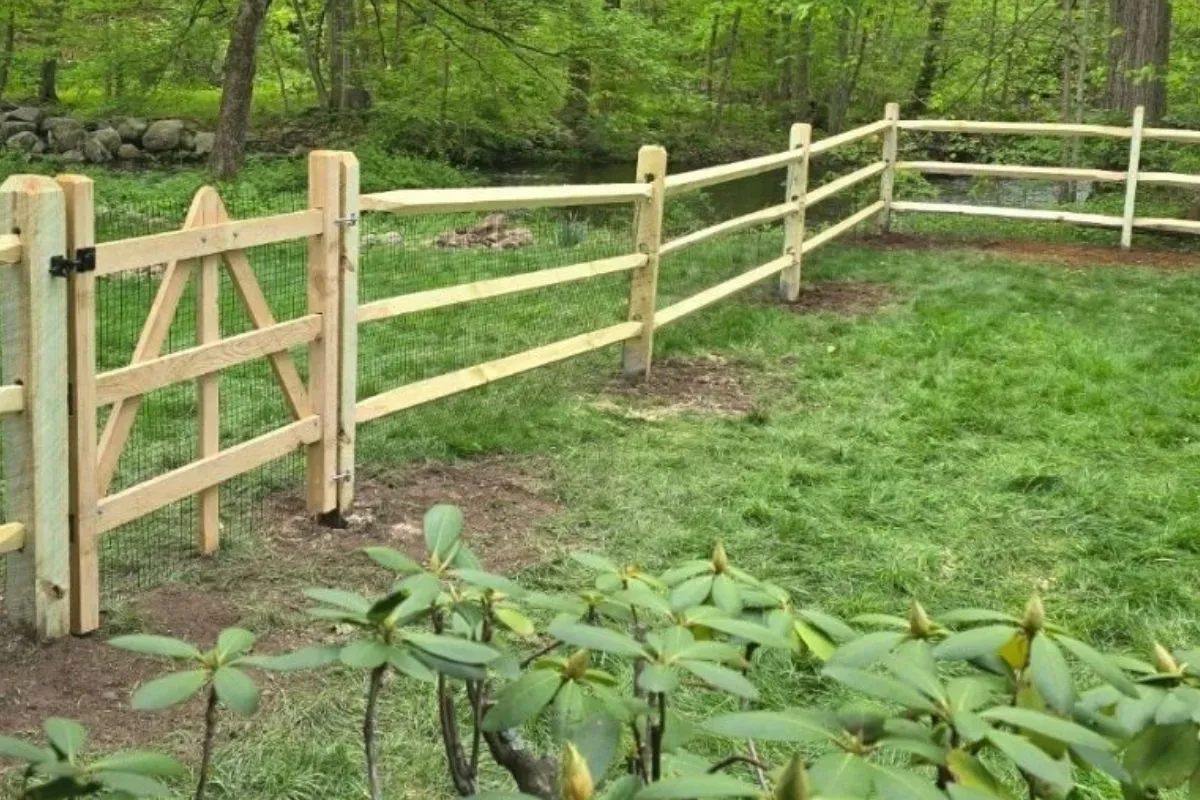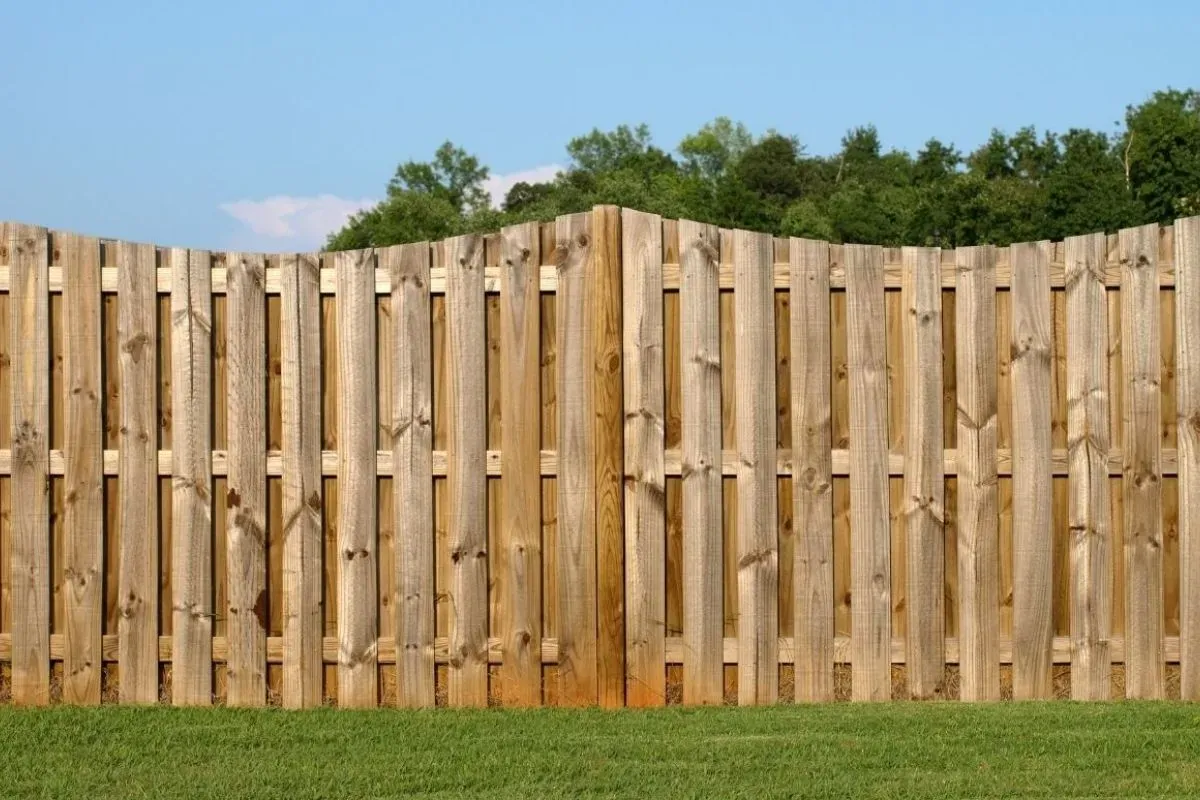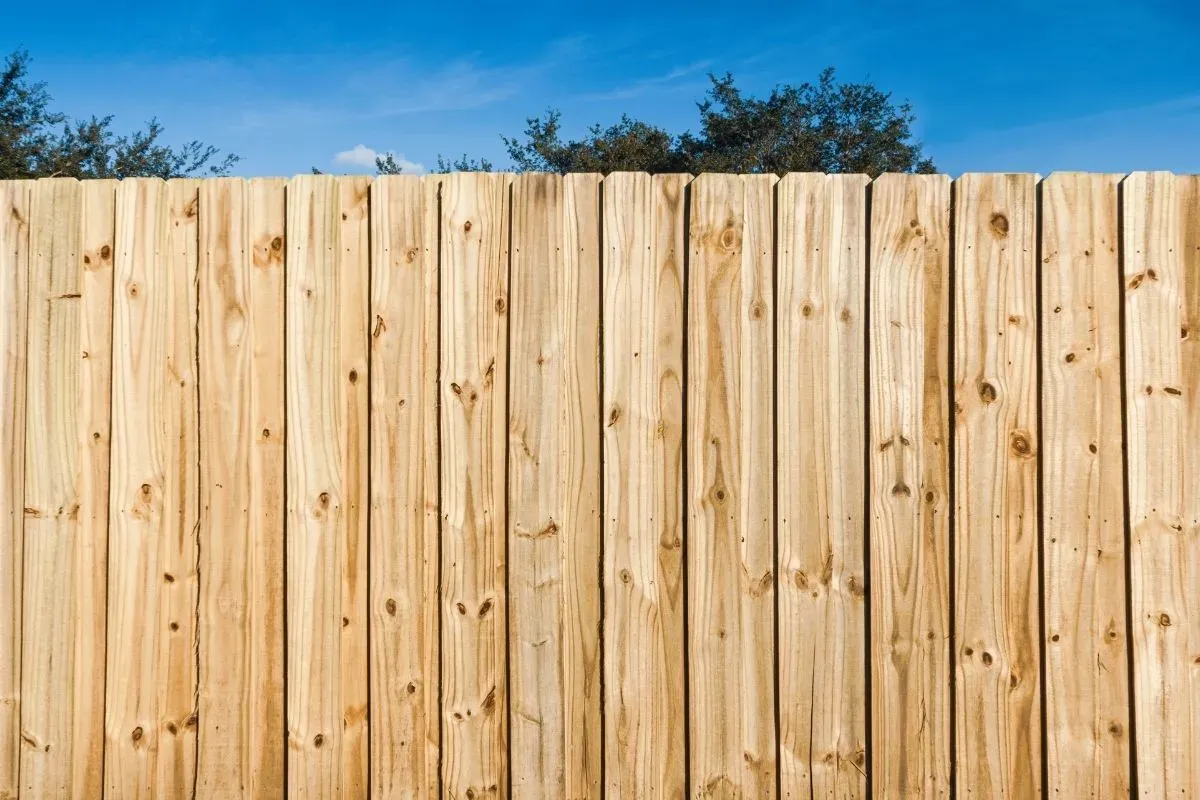Today’s high-quality materials are helping drive consistent growth in the fencing market. Homeowners have more options than ever, increasing satisfaction but demanding important decisions.
Choosing between wood and vinyl is a common conundrum. Let’s take a closer look at vinyl fencing vs. wood fencing in terms of cost, maintenance, and more. If you’re interested in learning about other fence materials, read our guide on comparing wood fences against chain link fences.
Vinyl fencing vs. wood fencing: Factors to consider
Vinyl and wood each have excellent qualities, but which is the better choice for your home? Here’s how they stack up.
Durability
“Vinyl” is short for polyvinyl chloride (PVC). This material won’t rot from moisture, pests like termites aren’t attracted to it, and it doesn’t rust. Its primary enemies are extreme weather and physical impact, which have the potential to warp or crack it.
A vinyl fence can easily last 20-30 years, making it very durable.
Conversely, wood fences require moisture protection and pest management. They become weathered over time, so their natural color may fade, and they can splinter or rot. Fortunately, many of these issues can be addressed with regular maintenance.
A well-cared-for wood fence can last 20 years or longer, depending on the type of wood.
Bottom line: Vinyl fences offer more durability against regular outdoor conditions such as pests and weather. Both options are still long-lasting.
Maintenance
It’s important to perform regular maintenance on a vinyl fence, but it really doesn’t entail all that much. As the lowest-maintenance fencing option, it needs a non-abrasive cleaning maybe a few times per year or as conditions require. You should also regularly inspect the posts and hardware.
Wood fences need cleaning and inspection, too. Additionally, they need regular sealing or staining. These products fill the wood’s pores so that moisture doesn’t seep in and warp or rot it.
Bottom line: Wood fences require more maintenance than vinyl. However, that extra maintenance can make a wood fence more durable and attractive.
Cost
The exact cost of a vinyl or wood fence comes down to the footage of fencing, the quality of the material, and average market pricing in your area. Generally speaking, a vinyl fence will cost more than a wood fence of the same size and quality.
Bottom line: Wood fences may have a lower initial cost than vinyl. This can increase over time as you invest in maintenance like re-staining and sealing.
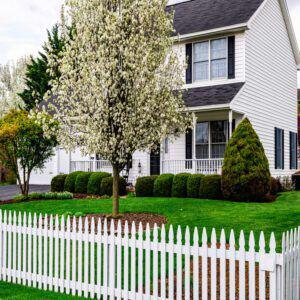
Aesthetics
What type of visual appeal a fence should have is largely personal, and these two fences can differ drastically.
Wood fences integrate more easily into natural landscapes. They pair well with classic, traditional, historic, and eclectic structures. They’re also more easily customizable since they can be stained in deeper hues or painted.
Today’s vinyl fences are certainly more attractive than they were decades ago. Many could even be taken for painted wood from a distance. Still, you’re more restricted in the style of a vinyl fence than you are with wood. Style matters here; a new vinyl fence may not match well with a home that hasn’t been maintained or updated in a generation or two.
Bottom line: A wood fence is timeless and more customizable, but vinyl has come a long way and offers a clean, updated look to a property. Check out different wood fence styles.
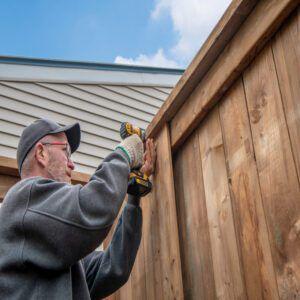
Repairing a fence: Wood vs. vinyl
Another factor many homeowners overlook when choosing a fence is repair and replacement. Vinyl is low-maintenance but more difficult to repair or replace on your own. You must also consider available stock and delivery times for replacing vinyl sections.
If you want the freedom and flexibility of quickly repairing and replacing sections of fence, wood is the way to go.
Comparison summary: Wood vs. vinyl
It’s almost decision time. Here’s a side-by-side summary of vinyl fencing vs. wood fencing.
| Wood | Vinyl | |
| Durability | Medium, requires upkeep | Very durable |
| Maintenance | Higher maintenance | Very low maintenance |
| Cost | Medium to high | Higher end |
| Aesthetics | Customizable natural beauty | Fewer style options than wood but still visually appealing |
| Lifespan | 10-30 years depending on wood type and maintenance | 20-30 years |
| Eco-Friendliness | Sustainable, reusable, all-natural | Manufactured thermoplastic material |
Top Rail Fences can help design the right fence for your home
Vinyl’s biggest benefit is easy maintenance. Wood offers the customizability to get the exact look you want. Ultimately, the right fence for your property is the one you design yourself.
Top Rail Fences specializes in premium materials, expert installation, and custom solutions for all of your unique needs. Request a free estimate and start plotting a perfect perimeter.

FAQ
What are the disadvantages of vinyl fencing?
Vinyl fencing is very durable but may crack if it’s hit with objects or exposed to extreme temperatures. Higher-quality products will be more resistant to cracks. Vinyl may also be more expensive than other materials and is not biodegradable.
Does a vinyl fence increase property value?
Yes, a new vinyl fence can add value to a property. It enhances curb appeal and strengthens security – both attributes buyers like to see.
What kind of paint do you use on a vinyl fence?
It depends on the fence material. Acrylic latex is best for wood while epoxy-based acrylic is recommended for vinyl. Read more about the right paint for fences.
